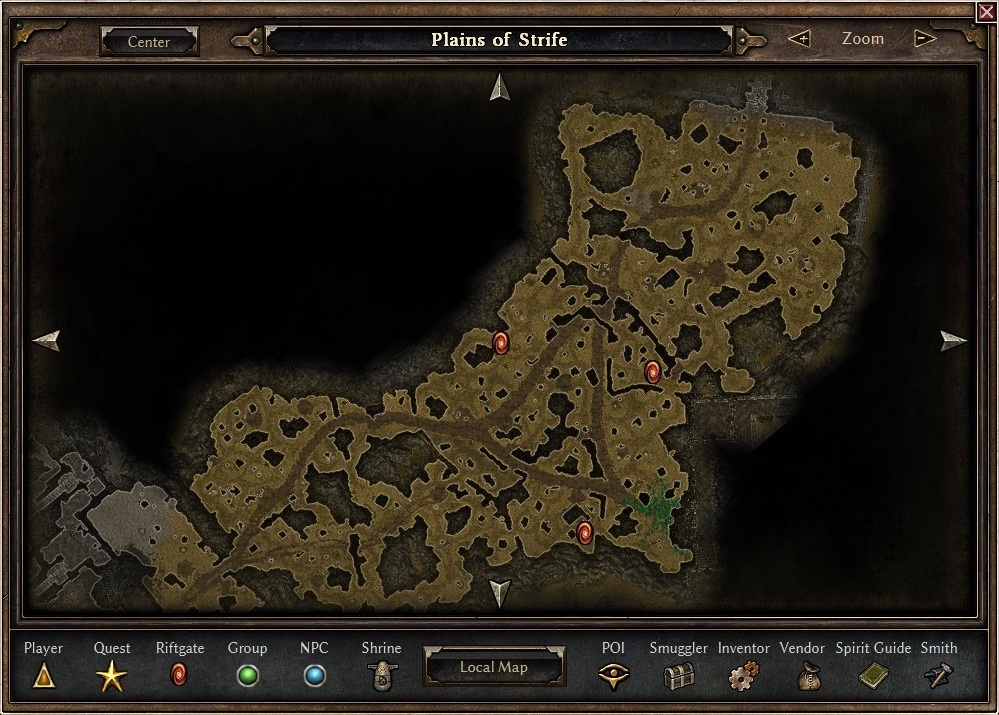

As people migrated for the new jobs, they often struggled with the absence of basic urban infrastructures, such as better transportation, adequate housing, means of communication, and efficient sources of light and energy. The following four innovations proved critical in shaping urbanization at the turn of the century: electric lighting, communication improvements, intra-city transportation, and the rise of skyscrapers. (2)Īs the country grew, certain elements led some towns to morph into large urban centers, while others did not. These issues were almost always rooted in deep class inequalities, shaped by racial divisions, religious differences, and ethnic strife, and distorted by corrupt local politics. But all cities at this time, regardless of their industry, suffered from the universal problems that rapid expansion brought with it, including concerns over housing and living conditions, transportation, and communication. In Pittsburgh, it was steel in Chicago, it was meat packing in New York, the garment and financial industries dominated and Detroit, by the mid-twentieth century, was defined by the automobiles it built. These factories encouraged more and more people to move to urban areas where jobs were plentiful, but hourly wages were often low and the work was routine and grindingly monotonous.Įventually, cities developed their own unique characters based on the core industry that spurred their growth. The development of the steam engine transformed this need, allowing businesses to locate their factories near urban centers. Production became dependent upon seasonal water flow, with cold, icy winters all but stopping river transportation entirely.
Before the mid-1800s, factories, such as the early textile mills, had to be located near rivers and seaports, both for the transport of goods and the necessary water power. At this time, the attractions of city life, and in particular, employment opportunities, grew exponentially due to rapid changes in industrialization. Immigrants sought solace and comfort among others who shared the same language and customs, and the nation’s cities became an invaluable economic and cultural resource.Īlthough cities such as Philadelphia, Boston, and New York sprang up from the initial days of colonial settlement, the explosion in urban population growth did not occur until the mid-nineteenth century. Furthermore, problems ranging from famine to religious persecution led a new wave of immigrants to arrive from central, eastern, and southern Europe, many of whom settled and found work near the cities where they first arrived. While the work was dangerous and difficult, many Americans were willing to leave behind the declining prospects of preindustrial agriculture in the hope of better wages in industrial labor. Workers were forced into grueling twelve-hour shifts, requiring them to live close to the factories. New electric lights and powerful machinery allowed factories to run twenty-four hours a day, seven days a week. The new technologies of the time led to a massive leap in industrialization, requiring large numbers of workers. Urbanization occurred rapidly in the second half of the nineteenth century in the United States for a number of reasons. The land of opportunity, it seemed, did not always deliver on its promises. In addition to the challenges of language, class, race, and ethnicity, these new arrivals dealt with low wages, overcrowded buildings, poor sanitation, and widespread disease. While many believed in the land of opportunity, the reality of urban life in the United States was more chaotic and difficult than people expected. The future they found, however, was often grim. Her story is similar to millions of others, as people came to the United States seeking a better future than the one they had at home. Her mother died shortly thereafter, and Sadie had to find her own way in New York, working in factories and slowly assimilating to life in a vast multinational metropolis. Sadie and her mother, for instance, had left Poland after her father’s death. Many Americans experienced in their new home what the thirteen-year-old Polish girl had seen in the silhouette of the Statue of Liberty: a wondrous world of new opportunities fraught with dangers. “We saw the big woman with spikes on her head.” So begins Sadie Frowne’s first memory of arriving in the United States. The Growing Pains of Urbanization, 1870-1900


 0 kommentar(er)
0 kommentar(er)
